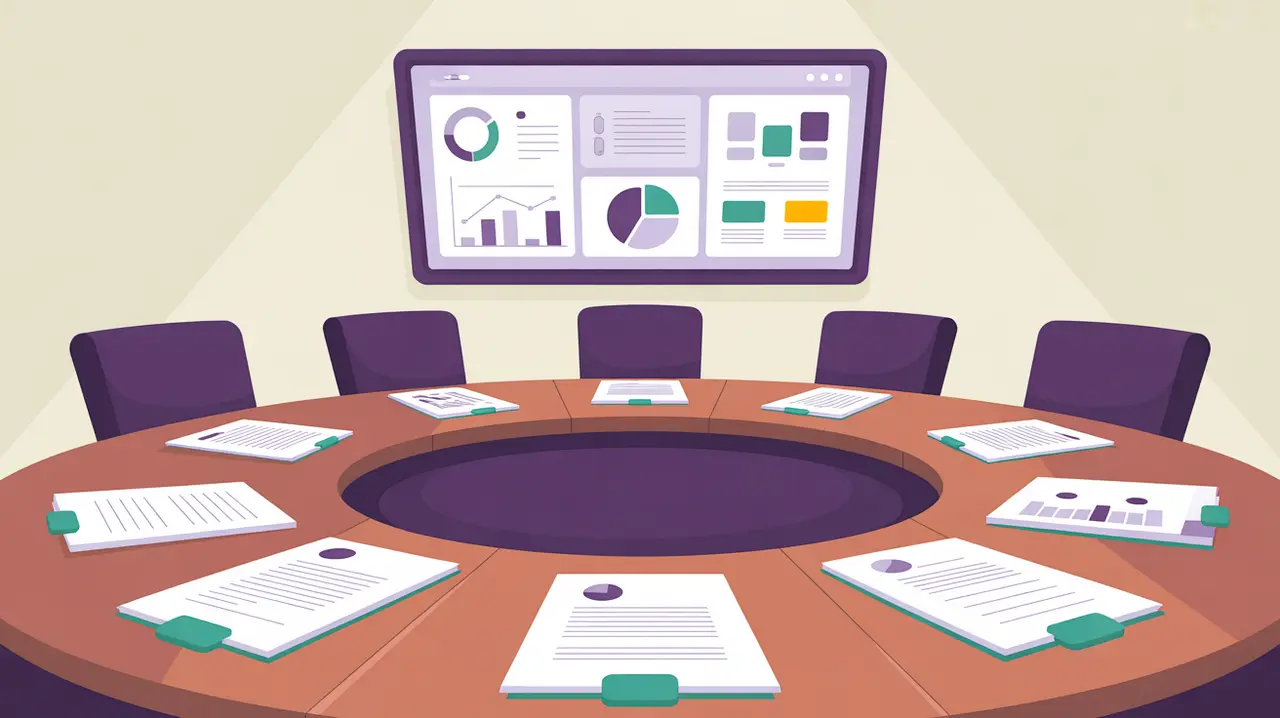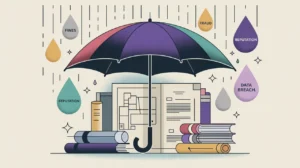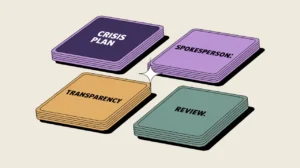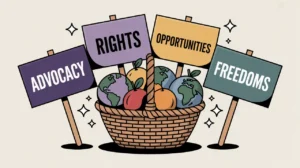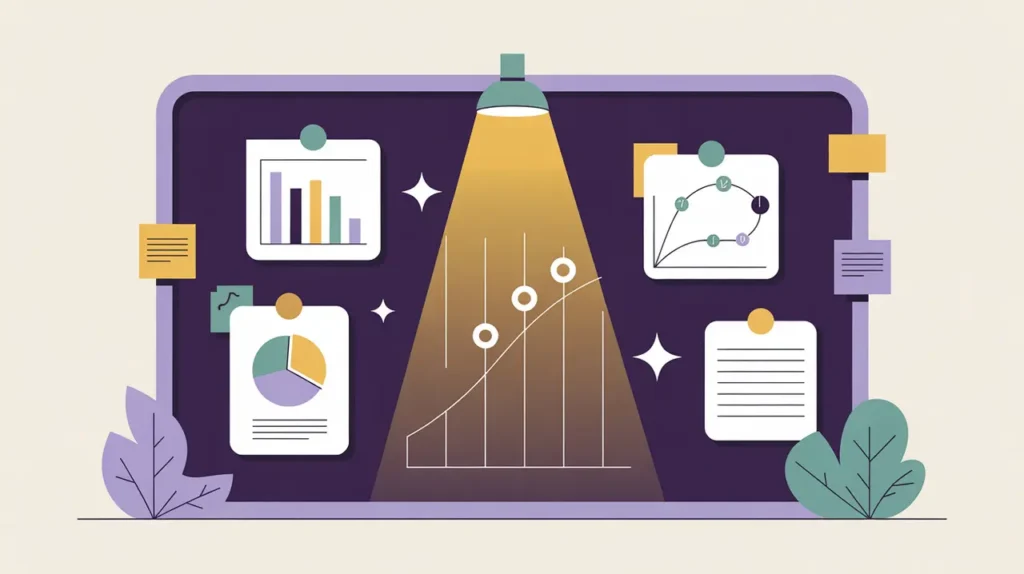What Does Program Reporting Involve?
Program reporting is the stage where nonprofits communicate their work to funders, boards, partners, policymakers, and communities. It translates program data and experiences into structured narratives that demonstrate accountability, showcase achievements, and highlight lessons learned. Reporting closes the loop of the program life-cycle by documenting what was done, what was achieved, and what was learned. This provides a foundation for future cycles of research, visioning, and design.
Effective reporting goes beyond compliance. While donor requirements often drive reporting schedules and formats, strong reporting also speaks to communities and partners in ways that build trust and transparency. Reports must balance detail with clarity, combining evidence, stories, visuals, and analysis to present a credible picture of performance.
When reporting is weak or perfunctory, organizations risk undermining their credibility with funders and losing opportunities for influence. When reporting is strong, it builds confidence, strengthens relationships, and amplifies the organization’s voice in shaping policy and practice. Beyond being an obligation, reporting can be a strategic tool for visibility, trust, and impact.
What Competencies are Associated with this Role?
Program reporting requires accuracy, clarity, and communication skill. Key competencies include:
- Translating monitoring and evaluation data into accessible narratives
- Meeting donor reporting requirements and compliance standards
- Drafting reports, briefs, and presentations for diverse audiences
- Visualizing data to highlight progress and results
- Writing case studies and success stories
- Coordinating reporting inputs across departments and partners
- Ensuring timeliness and accuracy of submissions
- Communicating lessons learned and recommendations
- Producing community-facing reports that close feedback loops
- Archiving reports for institutional memory and future reference
How Might AI and Automation Help this Role?
AI and automation can make reporting faster, more engaging, and more consistent. Opportunities include:
- Generative AI to draft donor reports from structured data inputs
- Automated creation of charts, infographics, and dashboards
- AI summarization of qualitative data and case studies
- Automated compliance checklists for donor requirements
- Translation tools for multilingual reporting
- AI-assisted storytelling that weaves data with narratives
- Auto-tagging and archiving of reports for future retrieval
- Interactive digital reports generated from live dashboards
What are the Roles by Experience Level?
Reporting touches multiple functions but is typically coordinated through program or MEL teams:
- Entry: Reporting Assistant, Data Associate – compile inputs, draft sections, format reports
- Mid: Reporting Officer, Communications Associate – integrate data and narratives, liaise with donors, produce visuals and case studies
- Senior: Program Manager, MEL Manager – oversee reporting processes, ensure compliance, synthesize cross-program insights
- Executive: Chief Program Officer, Executive Director – approve final reports, represent findings to funders, boards, and policymakers
How Transferable are the Skills from this Role?
Reporting skills transfer broadly to roles requiring communication of evidence and performance. Within nonprofits, they enable transitions into MEL, communications, fundraising, and advocacy. Beyond nonprofits, they apply in journalism, corporate communications, public relations, and consulting. Reporting develops the ability to interpret complex data, craft clear narratives, and package findings for diverse stakeholders. These skills strengthen employability in any sector where evidence must be made understandable, credible, and actionable.
